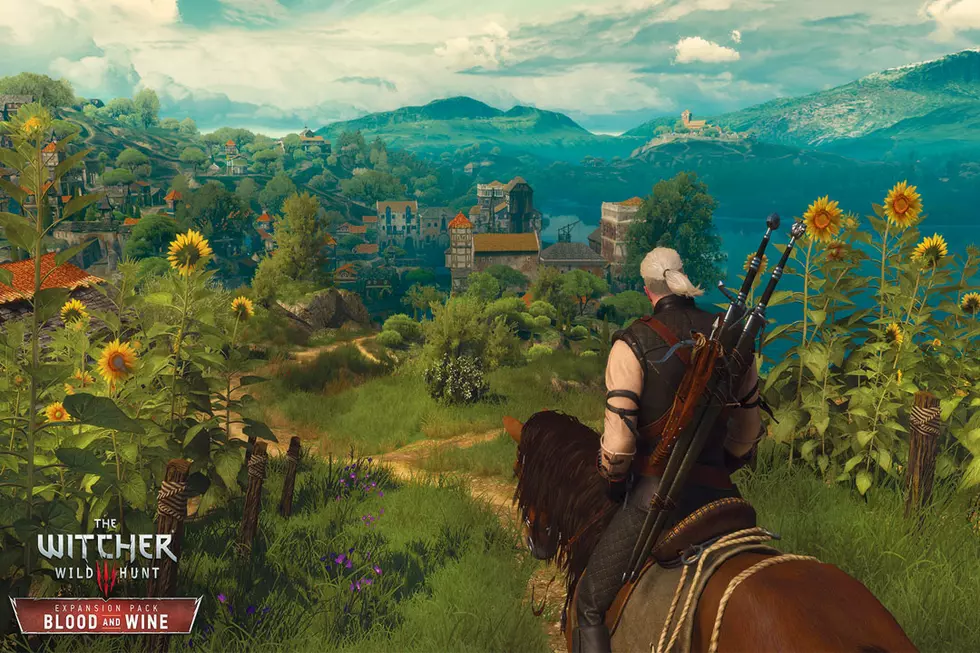
E3 2013 Preview: The Witcher 3: Wild Hunt
Here’s the scenario: The world is dark and dreary. Medieval peasants backstab each other for mere pennies. People are wallowing in their own filth and insanity. The only person who can rise above this all is a man who is willing to kill anyone and anything with his big swords and mutant magical powers. Yes, you are playing The Witcher, or more specifically, The Witcher 3, which was revealed at E3 2013 this year.
The Witcher 3: Wild Hunt puts you in the shoes of an older and gruffer Geralt. A horrible supernatural force called The Wild Hunt has emerged, and it is moving across the land leaving chaos and destruction in its wake. You, being the resident Witcher and monster hunter, have decided to hunt it down and bring it to justice. Of course, there are plenty of other monsters that will have to be slain along the way.
CD Projekt was committed to creating a truly open world in The Witcher 3. In fact, they boast that the game will have over 100 hours of gameplay. That’s obscene! Much of this gameplay comes from the living story that they are trying to create. Conflicts arise separate from Geralt’s main quest without him actively searching for them. So most of the side-quests in the game will naturally fall in your lap. This way, it feels like everything Geralt is doing has purpose, rather than it feeling like Geralt has to save the world.
A huge theme in The Witcher 3 is that nothing is truly, “good or bad.” All decisions are morally ambiguous. For example, we were shown a quest where Geralt enters a town whose villagers are slowly being killed by a monster in the forest. Two factions in the town are warring over what to do. The elders, who strike you as quite insane, want to return to the old ways of life in order to appease the monster. A faction of younger kids, however, look at the monster as nothing more than a beast and are willing to pay you to kill it. At the beginning of the quest, it feels like the younger villagers are right and the older villagers are just off their rocker. However, as you track the beast (and yes, it was just a mindless beast), you will find that these young villagers are using this monster as an excuse to kill the elders and that they even kill the ones they love with little to no remorse. When all is said and done, the monster and elders are dead, and the village grows weak and complacent. They are invaded a few weeks later, and the town is wiped from the face of the map. Cd Projekt assures us that there are several other paths you could have taken in that quest and none of them have happy endings.
Another interesting aspect of The Witcher 3 is Geralt’s monster dictionary. Essentially, Geralt has access to a wealth of knowledge on every monster in the world. When tracking an unknown beasty, you have to match up clues you find with entries in your dictionary. Then, when you figure out what you are tracking, the dictionary will tell you how to kill it. For example, in the side quest we were shown, our prey could only be killed after its totems were destroyed and the person it “marked” was killed. Flocks of crows marked its lairs, and so we followed crows with our “Witcher Sense” (a vision overlay mode that shows you key points of interest), until we finally found the beast and destroyed it.
The Witcher 3: Wild Hunt seems darker than any Witcher title to come before it, and that’s saying a lot considering previous Witcher titles dealt with themes like political assassination and rape.
The Witcher 3: Wild Hunt is scheduled to come out for PS4, Xbox One, and PC in 2014.
More From Arcade Sushi









